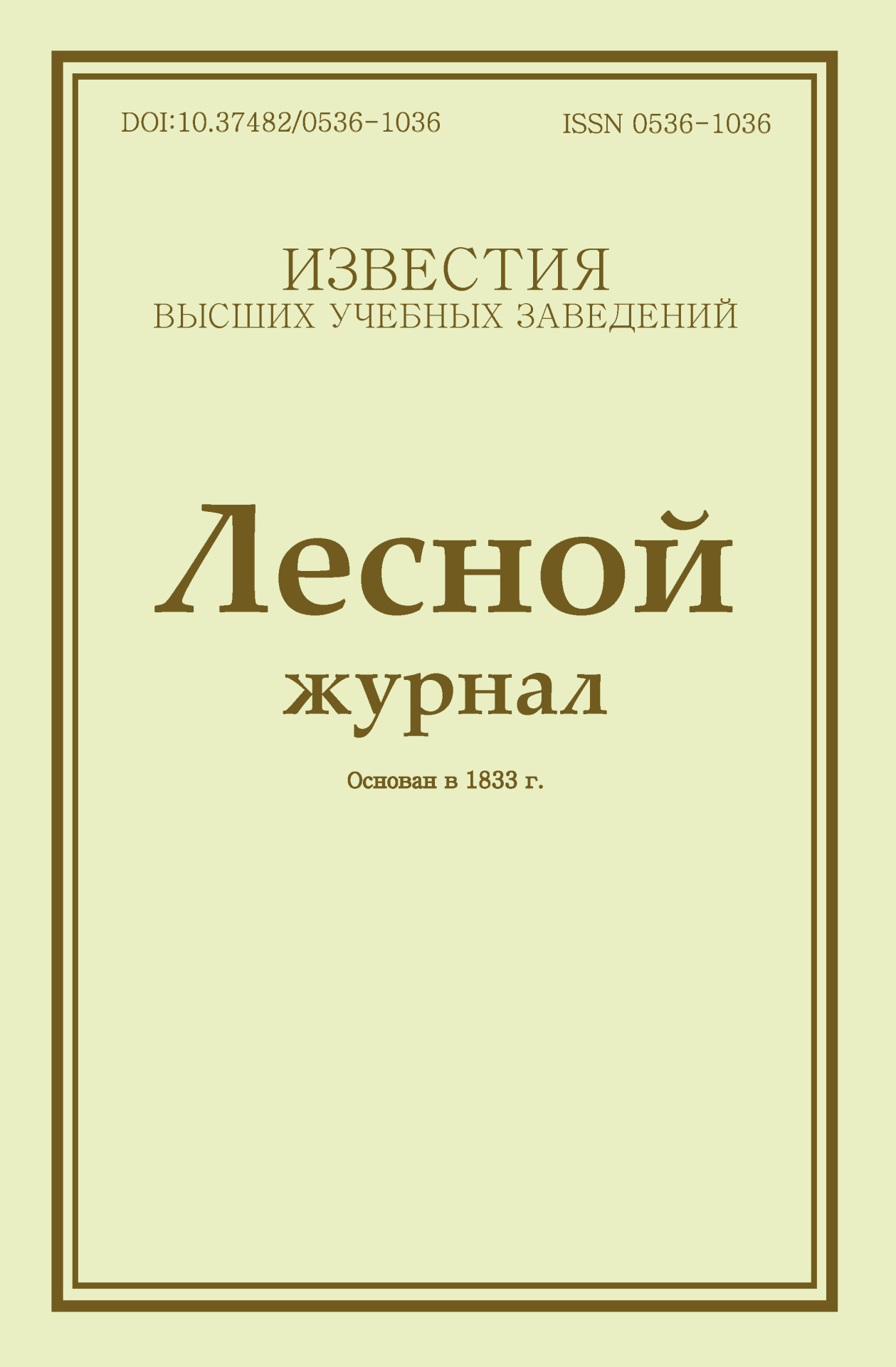Legal and postal addresses of the founder and publisher: Northern (Arctic) Federal University named after M.V. Lomonosov, Naberezhnaya Severnoy Dviny, 17, Arkhangelsk, 163002, Russian Federation Editorial office address: Journal of Medical and Biological Research, 56 ul. Uritskogo, Arkhangelsk Phone: (8182) 21-61-00, ext.18-20
E-mail: vestnik_med@narfu.ru ABOUT JOURNAL
|
Section: Medical and biological sciences Download (pdf, 4.1MB )UDC616-018:591.147.4:615.277.3AuthorsInessa V. Bobrysheva**Lugansk State Medical University (Lugansk, Ukraine) Corresponding author: Inessa Bobrysheva, address: 1 kvartal 50-letiya Oborony Luganska, Lugansk, 91045, Ukraine; e-mail: inessa_lug@mail.ru AbstractUnderstanding cellular and tissue mechanisms underlying the reorganization of the adenohypophysis in immunosuppression is crucial for a correction, if needed, of the therapy of patients receiving cytostatic drugs for the treatment of autoimmune diseases and cancer, as well as for organ and tissue transplantation. The aim of this research was to study the structural reorganization of acidophilic endocrine cells of distal adenohypophysis in pubertal rats under experimental immunosuppression. The study was carried out on 60 white outbred pubertal male rats weighing 40–60 g. The immunosuppressive condition was modelled in the animals by administration of a cytostatic drug, cyclophosphamide. Morphometric parameters of acidophilic endocrine cells were evaluated in preparations stained with hematoxylin and eosin, Mallory’s method, as well as in ultrathin sections. It was established that in the early period of observation after the administration of cytostatic drug the structural changes of acidophilic endocrine cells in the adenohypophysis indicate an increase in their functional activity (increased area of cells and their nuclei, decreased nuclear-cytoplasmic ratio, increased relative area of nucleoli and mitochondria, secretory granules and index of granule activity). On day 15 and 30 we observed expressed destructive and dystrophic changes in the nuclear and cytoplasmic structures of the endocrine cells, accompanied by a decrease in hormone production. Sixty days after the administration of cyclophosphamide, ultrastructural characteristics and morphometric parameters of the endocrine cells under study do not differ significantly from the control data. Thus, administration of cyclophosphamide to pubertal test animals causes an active response in their acidophilic endocrine cells of distal adenohypophysis, which is manifested in phasic morphological alterations and quantitative changes in morphometric parameters.Keywordsrats, anterior pituitary, acidophilic endocrine cells, immunosuppressionReferences
|
Make a Submission
INDEXED IN:
|
Продолжая просмотр сайта, я соглашаюсь с использованием файлов cookie владельцем сайта в соответствии с Политикой в отношении файлов cookie, в том числе на передачу данных, указанных в Политике, третьим лицам (статистическим службам сети Интернет).




.jpg)

